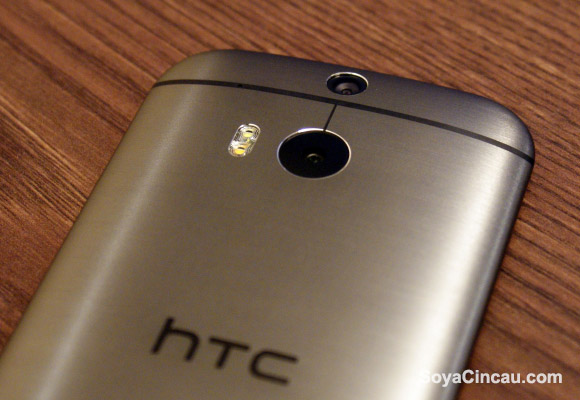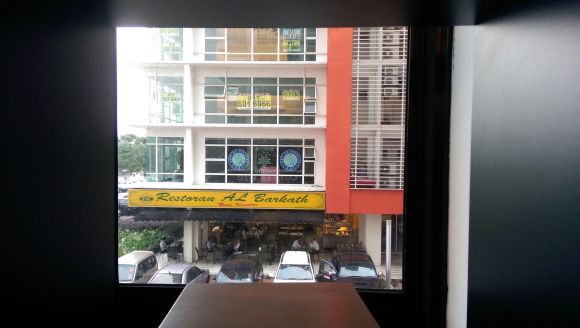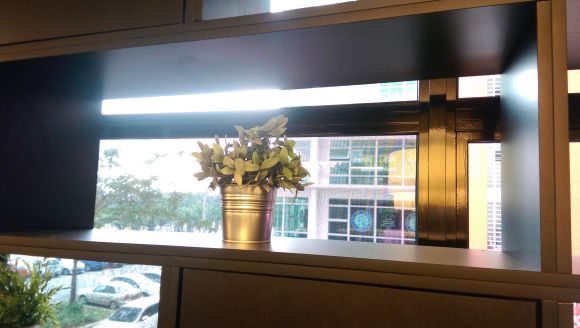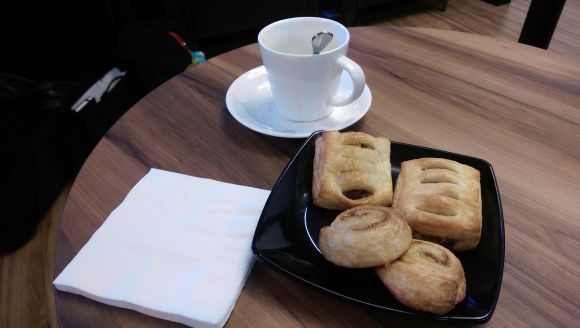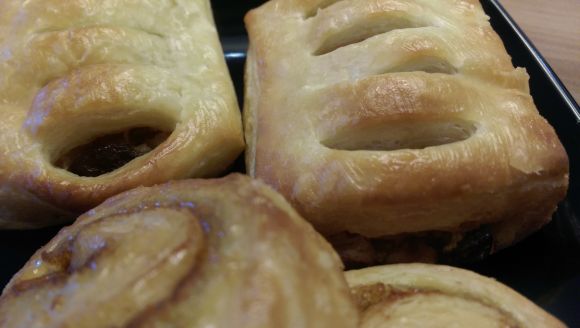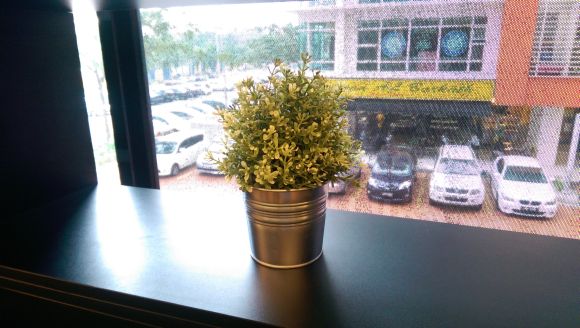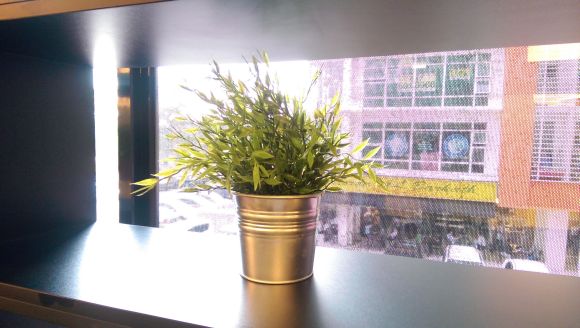The HTC One (M8) uses the same UltraPixel rear camera as the original while at the front, you get a 5MP BSI camera with a wide angle f/2.0 lens. Both the front and rear cameras shoots 1080p videos. HTC claims the camera hardware and software on the One (M8) has been updated to improve better picture quality, and hopefully the notorious purple tint issue from the original HTC One has been resolved as well.
What’s unique about the HTC One (M8) is the secondary camera located just above the primary rear camera. The secondary camera acts as a depth sensor allowing you to enhance the depth-of-field in pictures after the picture has been taken. HTC has also added new filters and effects to take advantage of the dual-camera setup. Also new for the One (M8) is the dual-tone flash that HTC claims produces a more natural lighting and reduces flash-burns.
In the camera department the HTC One (M8) is overshadowed by both in pixel count, sensor size and video recording resolution — the Samsung Galaxy S5 features a 16MP rear camera with a 1/2.6″ sensor while the Xperia Z2 has a 20.7MP rear camera with a 1/2.3″ sensor, both are capable of shooting 4k videos. However, HTC’s UltraPixel camera still has the largest individual pixel size compared to the two.
In terms of picture quality, we can’t say we’re impressed with the improved UltraPixel camera. Like the original HTC One, noise and lack of detail is still a major issue while the claimed low-light advantage is not immediately apparent.
Head on over to after the jump for some sample shots taken using the HTC One (M8) and let us know what you think about the UltraPixel camera.
HTC One (M8) Sample Video
Click on image for full-res version

